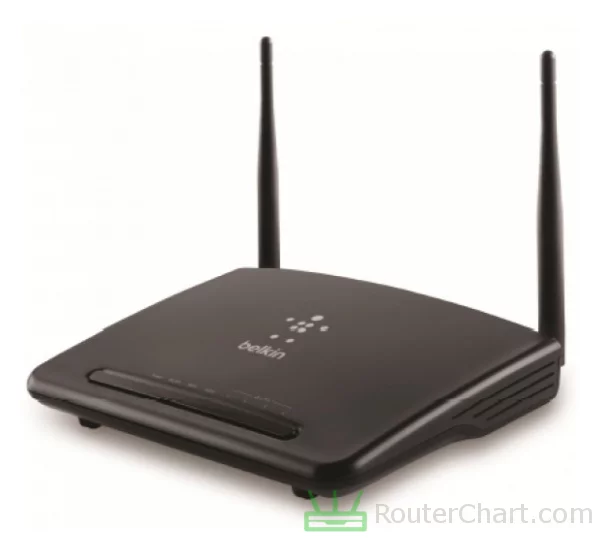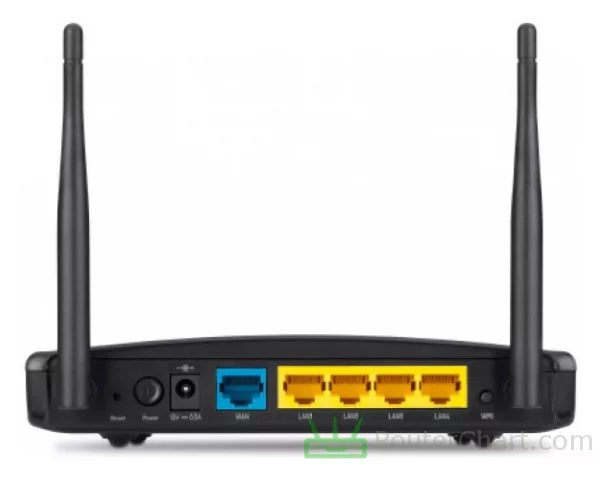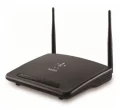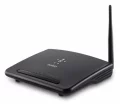Belkin N300 F9K1010 v2 router review
Belkin introduced the N300 F9K1010 v2 router in 2015. It is powered by Realtek RTL8196E @ 400 MHz chipset, 32 MB of RAM, and 4 MB of flash memory.
Wondering if the Belkin N300 F9K1010 v2 is a must-have? Keep going!
Table of Contents
- Belkin N300 F9K1010 v2 specifications
- System, chipset, RAM, flash, power supply
- Network, protocols, WAN and LAN ports
- Wireless, antennas, speed, security
- Connectivity
- Administration, user interface, login information
- Links
- Verdict, Pros and Cons
- Photos
- Comparisons
Our personal experiences and opinions form the basis of this article. We aimed to share insights on a topic, and we hoped others would find it useful and inspirational. If you noticed any mistakes or missing details about the Belkin N300 F9K1010 v2, please let us know.

The N300 F9K1010 v2 router operates on the 2.4 GHz frequency band, it works with many devices. Belkin prioritizes network security to keep data safe and secure.
Belkin N300 F9K1010 v2 specifications
| Brand | Belkin |
|---|---|
| Name | N300 F9K1010 v2 |
| Type | F9K1010V2 |
| Rating | |
| Launch | 2015 |
System
| Chipset | Realtek RTL8196E @ 400 MHz |
|---|---|
| RAM | 32 MB |
| Flash | 4 MB |
| OS | Belkin |
| Power supply | 12 V / 0.5 A |
The Belkin N300 F9K1010 v2 router has a Realtek RTL8196E @ 400 MHz processor. The 32 MB of RAM helps the router manage many tasks concurrently
Network
| Protocols | IPv4 IPv6 |
|---|---|
| LAN ports | 4 x 10/100 Mbps |
| WAN ports | 1 x 10/100 Mbps |
| Mobile network | no |
| VPN support | no |
The latest firmware supports IPv6. It provides a system to identify and locate computers on networks. The WAN port on the N300 F9K1010 v2 router is a Fast Ethernet port, not a Gigabit Ethernet.
Wireless
| Antennas | 2 x 3 dBi fixed |
|---|---|
| 2.4 GHz | yes |
| 5 GHz | no |
| 60 GHz | no |
| Standards | IEEE 802.11b/g/n |
| Class | N300 |
| Speed | 300 Mbps |
| Transmit power | 20 dBm |
| Security | WEP WPA WPA2 WPS |
| Guest network | no |
The 2.4GHz band refers to the part of the radio spectrum between 2.400 and 2.4835 gigahertz. Older routers have a more limited range than newer Wi-Fi standards. So, they're less suitable for larger homes or offices. The introduction of WPA2 (Wi-Fi Protected Access 2) improved upon WEP. It provides stronger security. The Wi-Fi Protected Setup (WPS) lets you join a safe wireless network with the push of a button or a simple PIN entry.

Connectivity
| USB ports | no |
|---|---|
| Print server | no |
| File server | no |
The N300 F9K1010 v2 router doesn't have file-server or print-server functionality.
Administration
| Default IP | 192.168.2.1 |
|---|---|
| Default username | [blank] |
| Default password | [blank] |
Changing the password often is a good security practice. It protects your network and devices from unauthorized access. Changing the default password improves your router's security. It reduces the risk of unauthorized individuals controlling your network.
Links
| Official site | https://www.belkin.com/ |
|---|
Pros and Cons
Every router, including this Belkin one, has its good sides and not-so-good sides. Let's take a closer look at both to get a full understanding of what this router can do. Just remember, this is just what I think, and you might see things differently.
Pros
- IPv6 capable
- WPS friendly
Cons
- insufficient flash
- lack of Gigabit LAN
- Non-gigabit WAN port
- missing Wi-Fi 6 support
- lacks Wi-Fi 5 compatibility
- reduced Wi-Fi bandwidth
- incompatible with WPA3
- no USB connectivity
Belkin N300 F9K1010 v2 photos



Belkin N300 F9K1010 v2 comparisons
We've noticed that many of our visitors like to compare the Belkin N300 F9K1010 v2 router with these popular models.
If there’s information about the Belkin N300 F9K1010 v2 that you would like to see on this site, then write to us.
Updated: May 25, 2024





